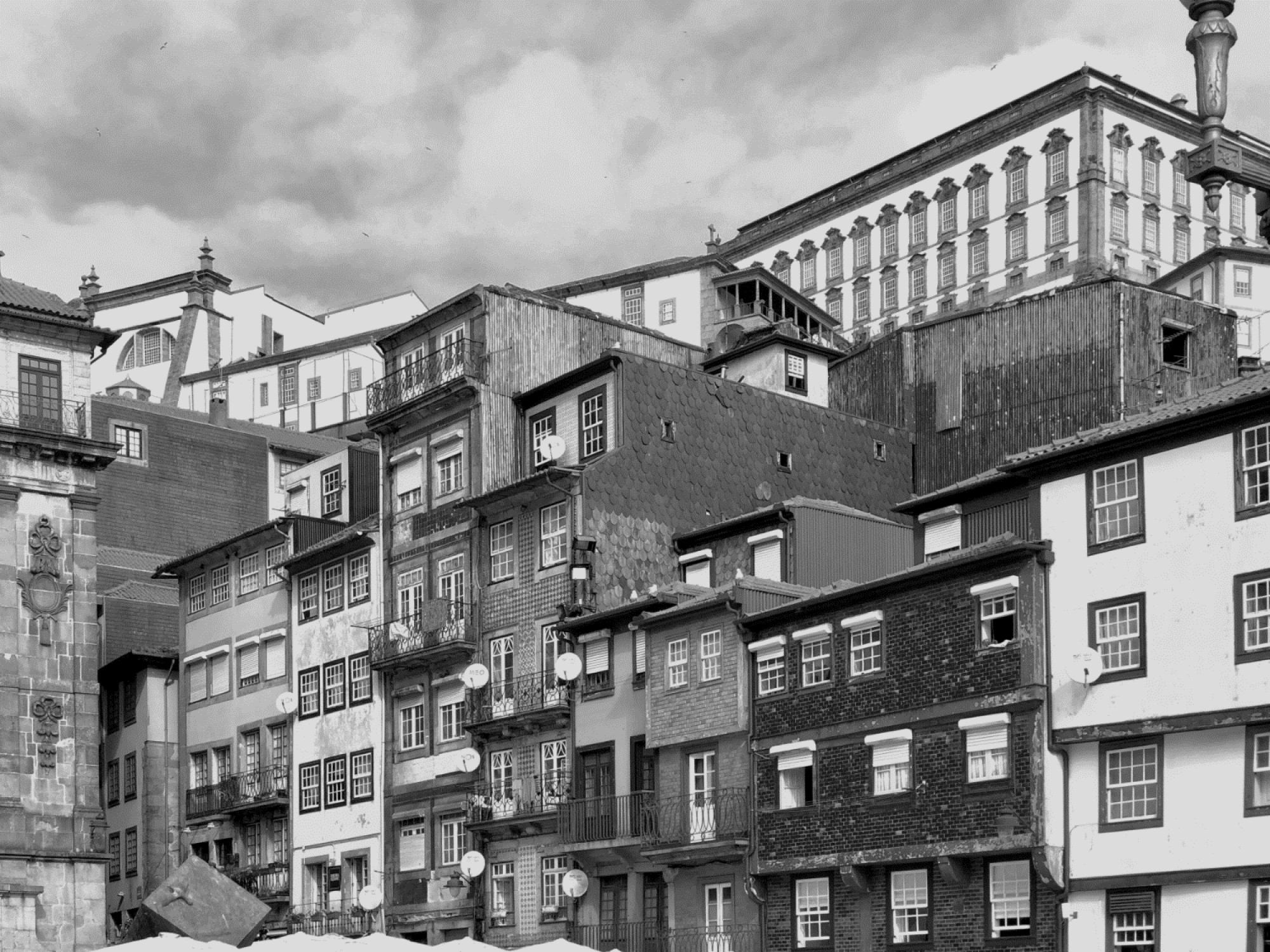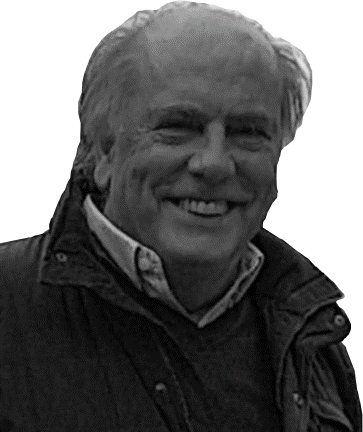 Aníbal Costa UA Portugal |
| Licenciado em Engª Civil (FEUP, 1976). Doutoramento em Engenharia Civil, FEUP, 1989. Agregação em Engª Civil, FEUP, 2002. Professor Catedrático Convidado da Universidade de Aveiro. Membro do Conselho Permanente do Conselho Superior de Obras Públicas. Sócio Gerente da firma GEPECTROFA, Lda. Membro Conselheiro da Ordem dos Engenheiros com o nº 13892. Especialista em Estruturas pela Ordem de Engenheiros. Editor de 21 livros, autor de 96 livros e capítulos de livros nacionais e internacionais, 126 artigos em revistas internacionais, 66 em revistas nacionais e mais de 500 artigos em conferências nacionais e internacionais. Esteve ligado a centenas de projetos de reabilitação estrutural do património arquitetónico com muitas intervenções de grande relevo tendo algumas delas recebido diversos prémios nacionais e internacionais, tais como: Sé Catedral de Santarém; Igreja de São Francisco em Évora; Igreja e Torre dos Clérigos no Porto; Antigo Edifício dos CTT em Lisboa 8 Building | Lisboa; Associação dos Albergues Nocturnos do Porto; Casa Salabert no Porto; Casa Belos Ares no Porto e Estufas Tropicais do Jardim do Botânico da Universidade de Coimbra. |
| Methodology for minimum intervention in sustainable Earthen architecture |
| The old buildings that are vacant, many of them with cultural, social and historical values, are part of the identity of a region and are an opportunity to revitalize it, through its reuse. It is urgent to use environmental and cultural sustainability criteria in this process, in counter-cycle with the increase in construction waste production, that between 2015-2018 reached values of 48% (dangerous) and 38.7% (non-hazardous), resulting from the current practice of demolitions. Earthen architecture is one of these heritage legacies at risk, disseminated in the Central region of Portugal, and the present study inventoried representative buildings – the Patio Houses Gandaresas (1164 buildings) and the Brazilian type Houses (462 buildings) – in 10 municipalities . Based on this survey, the most significant typologies and their constructive system characterization were studied, serving as a basis for the structuring of a methodology for minimal conservation intervention, for which the current anomalies were previously identified: deformation of facades, lack of cohesion of the structural system (walls/floors/roofing), incorrect functioning of the rainwater drainage system and ventilation at the base of the walls, the action of salts on the coatings, among others. The exhaustive knowledge of materials, construction systems, risks of degradation due to use or environmental conditions, as well as interventions from the past to be reversed, support the options of real case studies of minimal intervention, of which two examples are presented: the Casa dos Cestinhos in Ílhavo and Casa Gandaresa do Seixo in Mira. |
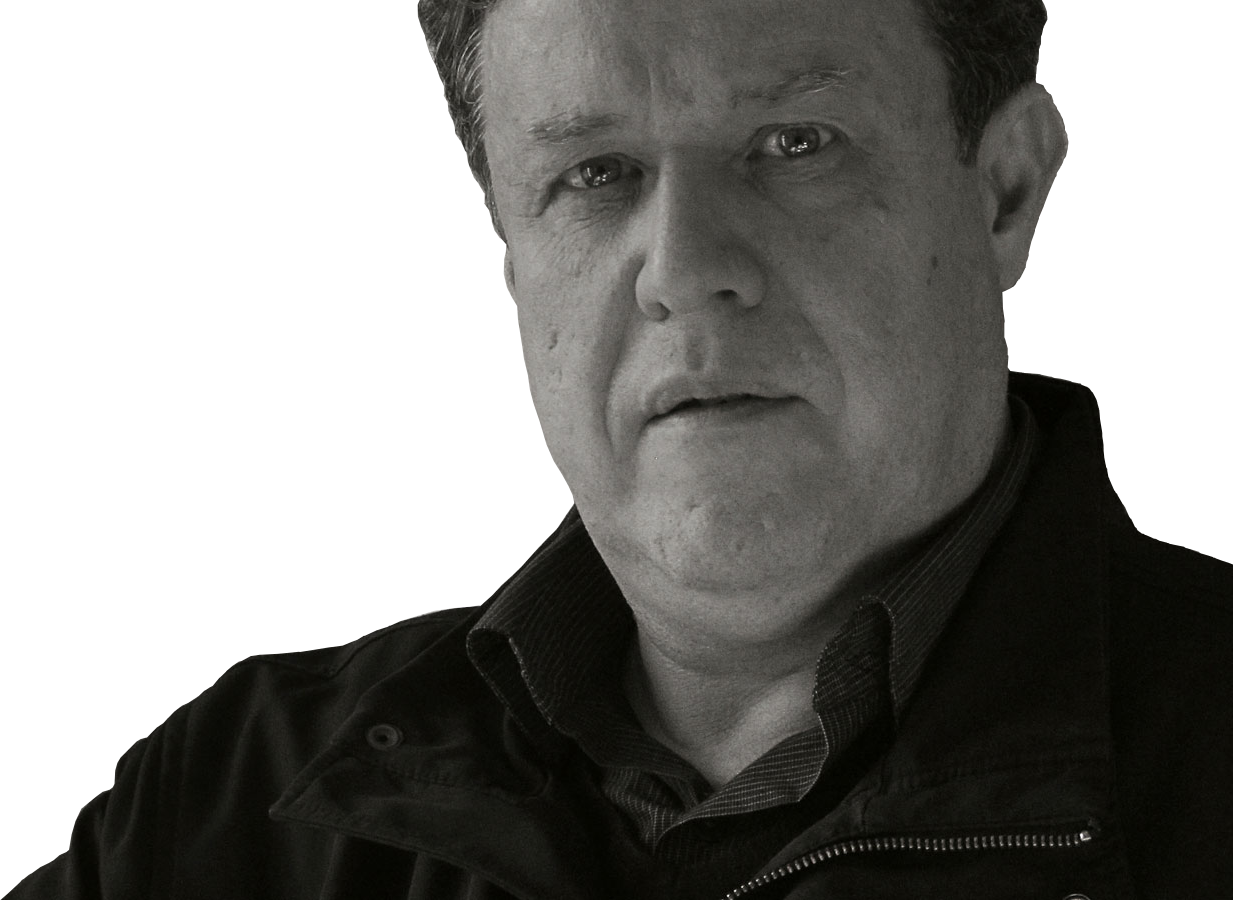 João Carlos dos Santos DGPC Portugal |
| João Carlos dos Santos is ínterim General Director for Cultural Heritage (DGPC). The DGPC is responsible for managing, safeguarding, enhancing, conserving and restoring the immovable, moveable and intangible heritage in Portugal as well as for developing and implementing its museum policy. A qualified architect, he joined the DGPC in 2013 as a Deputy Director-General, was Interim Director-General for Cultural Heritage between October 2015 and January 2016, holds a Master of Architectural Pathology and Restoration and is a PhD student in Architectural Heritage. He takes part in different committees such as the National Council for Culture and the Fund for Safeguarding the Cultural Heritage, is a member of the Coordinating Council for Managing State Property and integrated the Drafting Committee of the National Policy on Architecture and Landscape, among others. He coordinated major architectural restoration projects, received a number of awards and honours, produced several architectural publications and represented Portugal and the DGPC in a number of national and international fora. He has been a lecturer in architectural restoration in different universities across the country. |
| Intervenções recentes em Património Classificado |
| Abstract |
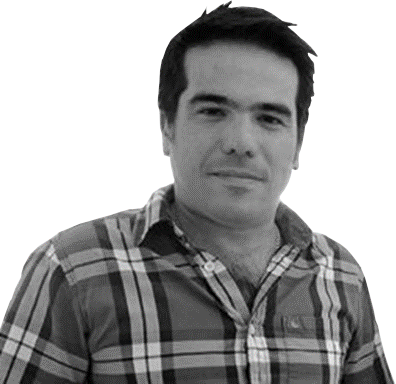 Nuno Valentim FAUP Portugal |
| Degree and PhD in Architecture, Faculty Architecture University Porto (FAUP), MSc in Architectural Rehabilitation, Faculty Engineering University Porto. Among other works, he is the author of the rehabilitation project of the Gallery of Biodiversity (Porto Botanical Garden), the extension of the Lycée Français of Porto and of the Rehabilitation of Bolhão Market – Porto central market. 2017/19: member of the technical-scientific board “Reabilitar como Regra” – Applied Research Project, Resolution of the Portuguese Council of Ministers working on adequacy of regulations to building rehabilitation. Since 2019: member of the “BIOPOLIS – Teaming to Upgrade to Excellence in Environmental Biology, Ecosystem Research and AgroBiodiversity”, collaborating in the disciplinary crossing between biology, landscape, architecture and heritage. Select prizes: 2019 International Architectural Award (Chicago Athenaeum/European Centre for Architecture Art Design and Urban Studies) – Porto Botanical Garden: Biodiversity Gallery, Koeep Greenhouses and Casa Salabert. 2017 IHRU/Nuno Teotónio Pereira National Prize and 2018 National Urban Rehabilitation Prize – Rehabilitation of the “Albergues Nocturnos do Porto”. 2014 João de Almada Prize – Rehabilitation of a building by Arch. José Marques da Silva (1928); co-author with Francisco Barata and José Luis Gomes (CEFA-UP). |
| The rehabilitation of Bolhão Market, Porto. Project, process and the future of historical central markets |
| The difficult condition of most central fresh markets in consolidated or historical cities can be handled with policies based on architectural research and knowledge. With knowledge we can fight the “temptation of efficiency” and the current logic of superimposing ideas or ideologies to reality – in the last 30 years Bolhão market has accumulated four political visions and architectural solutions, very different from each other. But not only the historical and architectural knowledge – also the human and productive knowledge (of the sellers and their context, the origins of their production and contemporary forms of distribution and commerce). No form of data (material and immaterial) can be ignored from this “reality reading” if we aspire to good and environmentally conscious design practices – we have called it critical and adaptive reintegration of existing material. In the rehabilitation of the Bolhão market, the project is a tool for discernment, a decision process on the physical values and relationship values – its transformation and continuity. There is no film without images, there is no radio without sound, there is no future without project. |
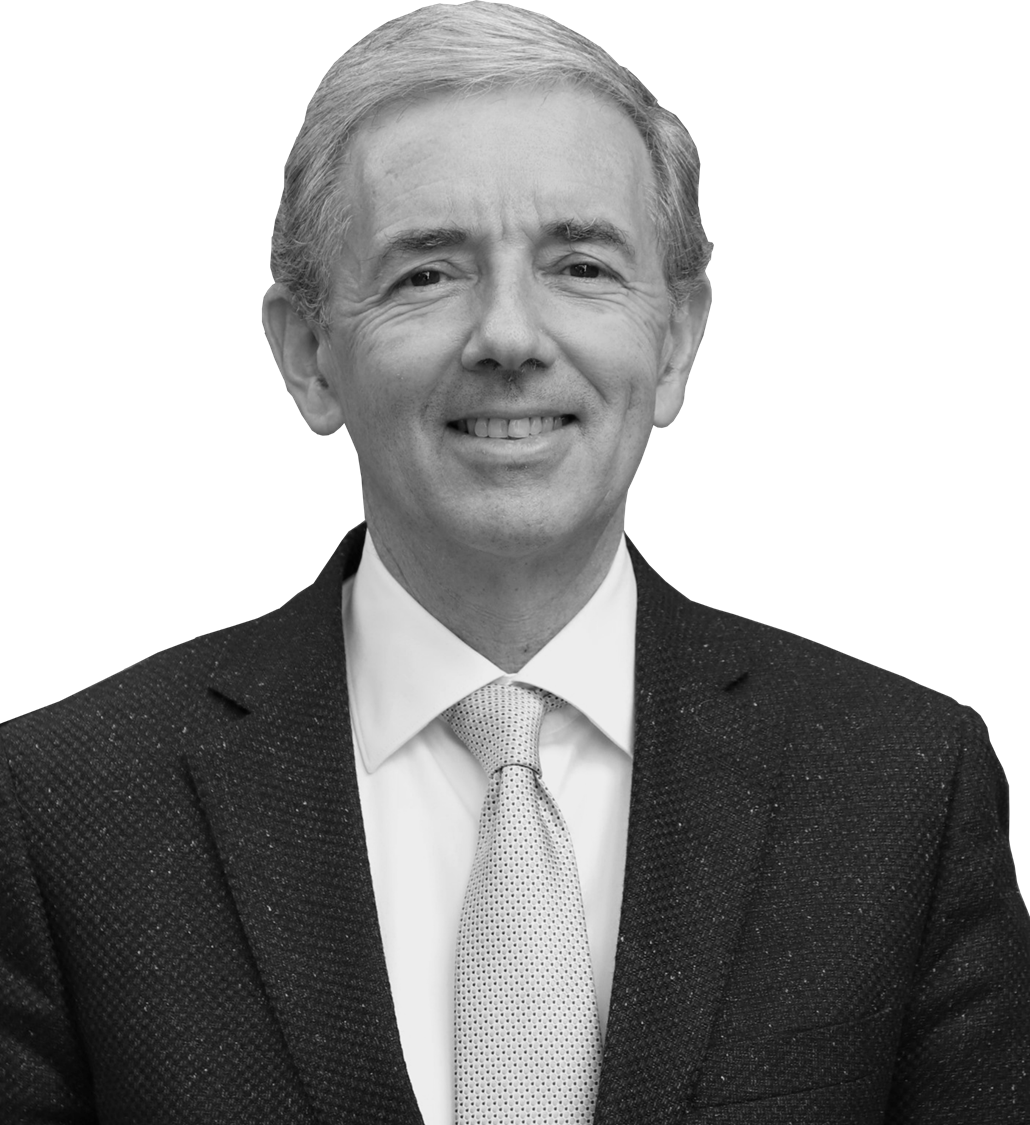 Vasco Peixoto de Freitas FEUP Portugal |
| Full Professor (Constructions) at the Department of Civil Engineering FEUP. Director of the Physics of Constructions Laboratory – FEUP. Counselling Member of the Portuguese Engineers Order. Author or Co-author of about 400 scientific publications and Consultant in the following domains: Hygrothermal Behaviour, Pathology and Rehabilitation of buildings. |
| The building physics approach in the Mercado do Bolhão retrofitting |
| Abstract |
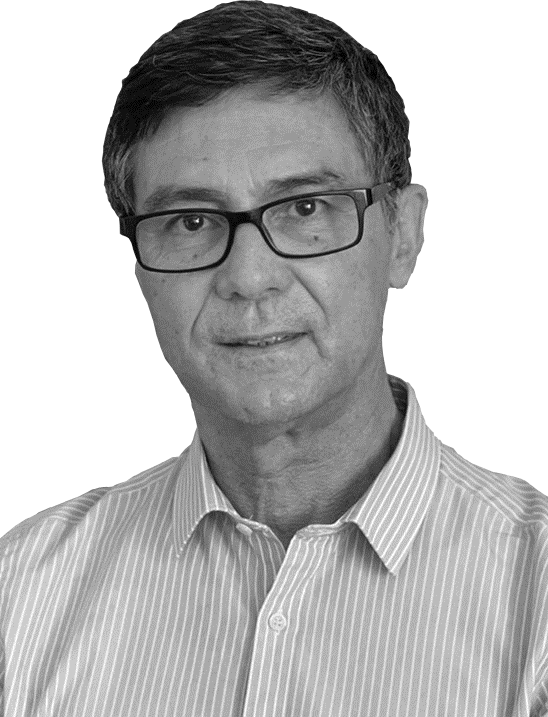 Juan Sebastián López García Director Insular de Patrimonio Histórico Cabildo de Gran Canaria Spain |
| Nació en Gáldar. Doctor en Historia del Arte, con Premios Extraordinarios de Licenciatura y de Doctorado, realizó su estancia posdoctoral en la Universidad de Venecia. Es profesor Titular de Universidad de Composición Arquitectónica de la Universidad de Las Palmas de Gran Canaria en Grado, Máster y Doctorado, Departamento de Arte, Ciudad y Territorio, Escuela de Arquitectura (actuablemente en excedencia). También es Profesor de Tiempo Parcial Externo de la de la Universidad de Guadalajara (México). Su especialidad son los temas de centros históricos y patrimonio cultural, arquitectura y arte en Canarias. Ha publicado unos doscientos trabajos en libros y publicaciones especializadas y participado en cursos, congresos y seminarios en Argentina, Brasil, Chile, Cuba, España, Francia, Guatemala, Italia, México, Paraguay, Perú, Portugal y Uruguay. Ha sido Inspector Territorial de Patrimonio Histórico y Comisario de Monumentos del Gobierno de Canarias. Es Huésped de Honor de la Ciudad de La Antigua Guatemala, Hijo Predilecto y Cronista Oficial de Gáldar, su ciudad natal. Actualmente es Director Insular de Patrimonio Histórico, Consejería de Presidencia del Cabildo de Gran Canaria. |
| Gran Canaria: patrimonio diverso |
| Como las restantes islas de Canarias, Gran Canaria ofrece un patrimonio diverso que se corresponde con su posición geográfica tricontinental. El poblamiento inicial se produjo con gente procedente del norte de África, lo que se evidencia en el patrimonio arqueológico, con manifestaciones tan destacadas y variadas como Risco Caído y las montañas sagradas de la cumbre de la isla (Patrimonio Mundial, 2019), La Guancha (Bien de Interés Cultural [BIC], 1949) y la Cueva Pintada (BIC 1972) en Gáldar o Cuatro Puertas en Telde (BIC 1972), contando con el Museo Canario como museo arqueológico insular concertado, en las Palmas de Gran Canaria. Con la conquista (1478-1483) se produce la hispanización y en la construcción histórica del territorio continuaron ciudades antiguas y se crean de nueva fundación, que hoy son conjuntos históricos de distintas características (Las Palmas, Telde, Gáldar, Arucas, Teror, Guía, Barranco Hondo y Santa Brígida). Los lenguajes artísticos aparecen en la arquitectura desde los elementos del gótico y las carpinterías de tradición mudéjar, con la continuidad en la arquitectura popular de la casacueva prehispánica con otras manifestaciones tradicionales. Los bienes muebles cuentan con el aporte de Flandes, distintas regiones españolas y otras zonas europeas, mientras desde América llegaron pinturas, esculturas y piezas artísticas, continente que además fue la puerta de Oriente para obras procedentes de Filipinas y Japón. En paralelo los propios artistas canarios destacan en el panorama de las distintas artes del archipiélago, destacando el pintor Juan de Miranda y Luján Pérez entre los nacidos en el siglo XVIII. Gran Canaria cuenta con más de un centenar de bienes de interés cultural, en las categorías de monumentos, zonas arqueológicas, conjuntos históricos, sitios etnológicos, sitios históricos, bienes muebles y bienes inmateriales, a los que se sumarán otros de paisaje cultural y sitio industrial. |
IN PROGRESS.
